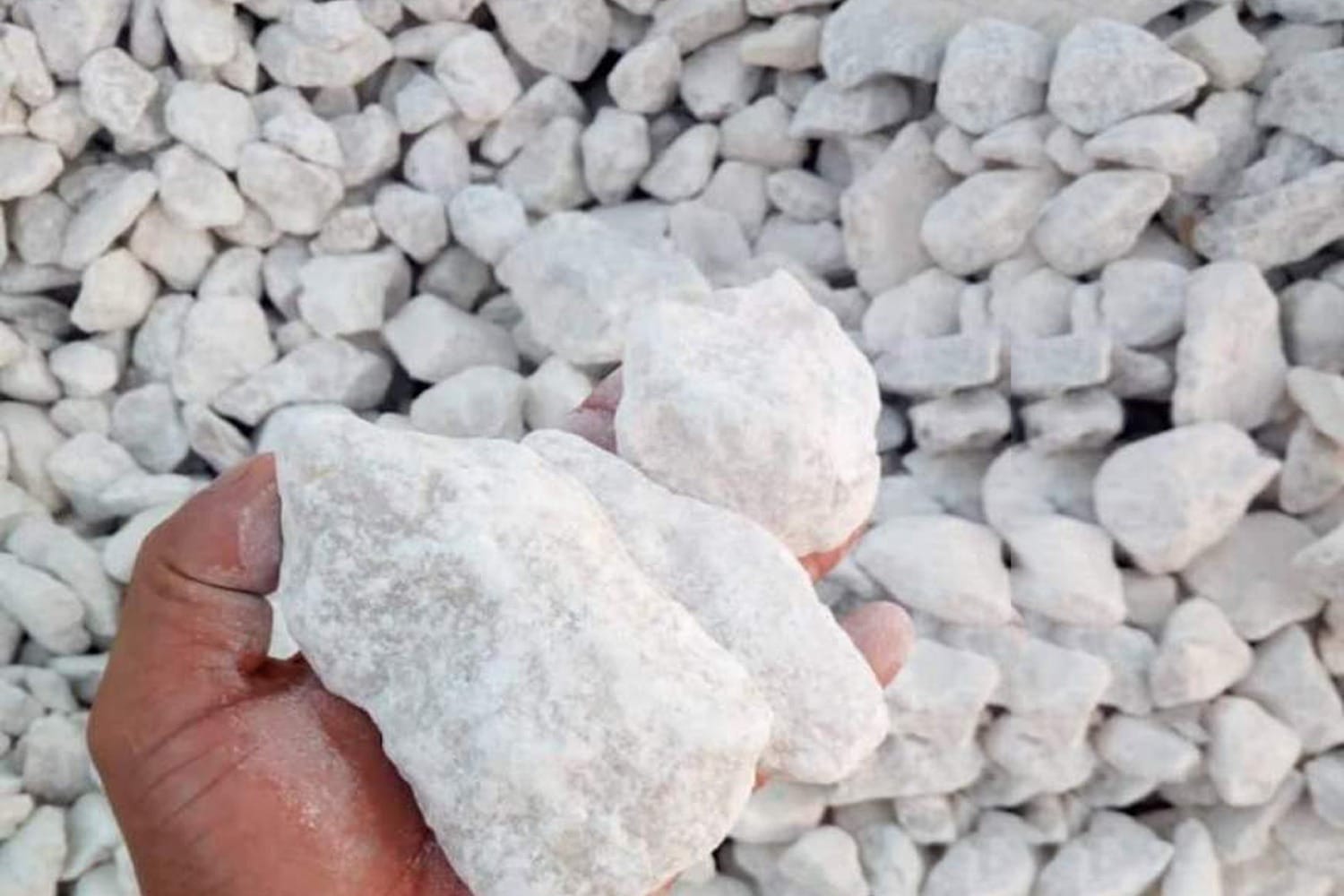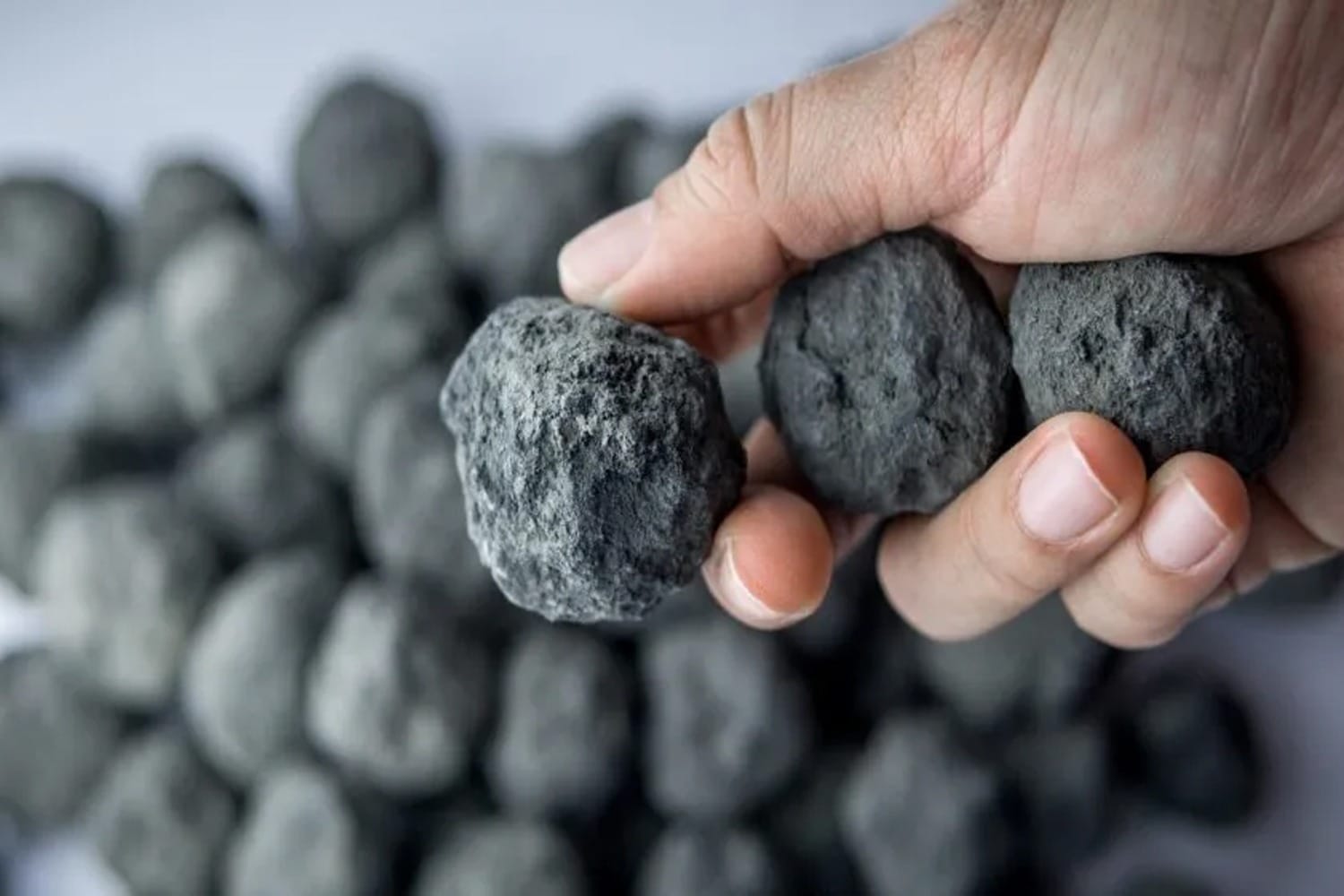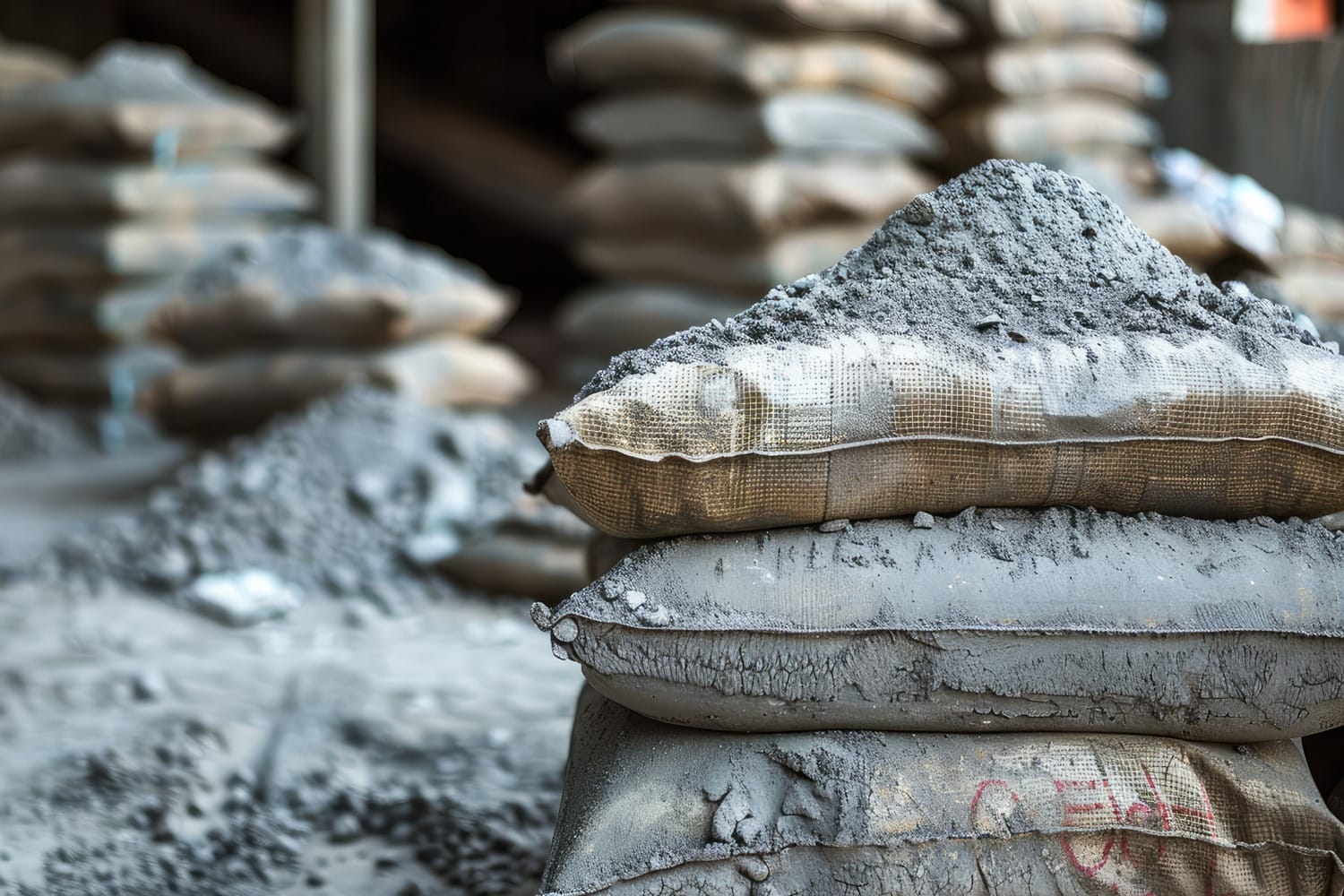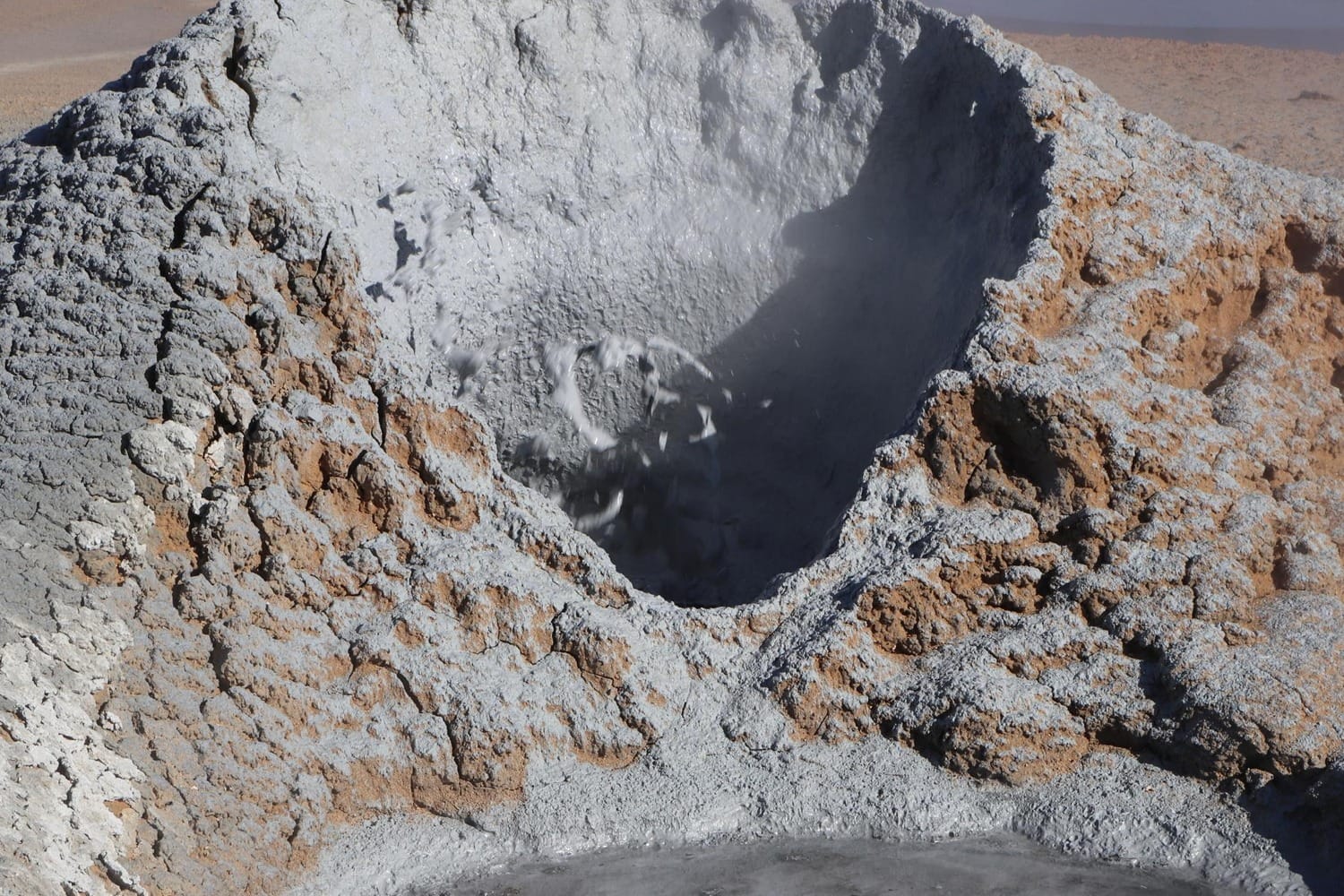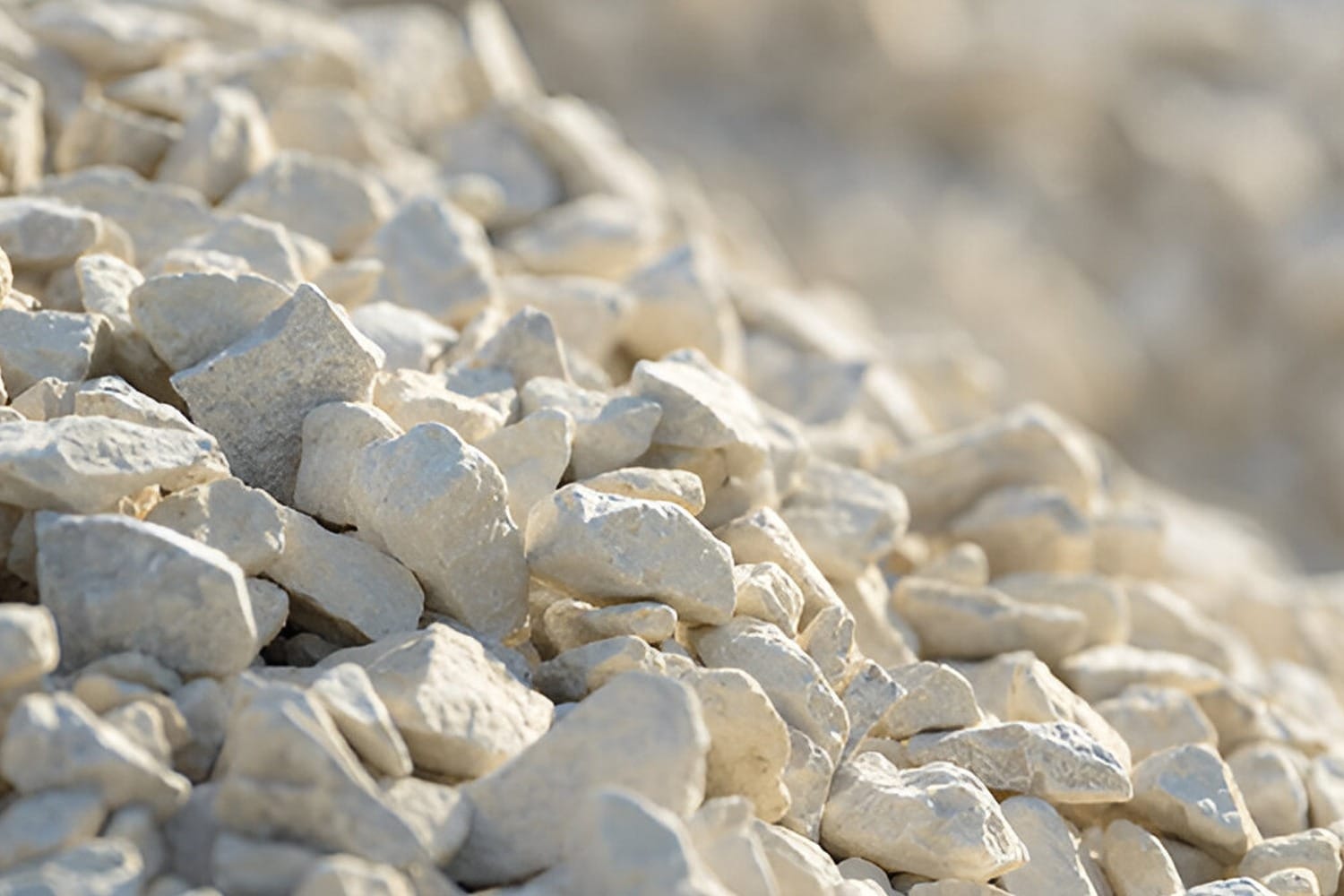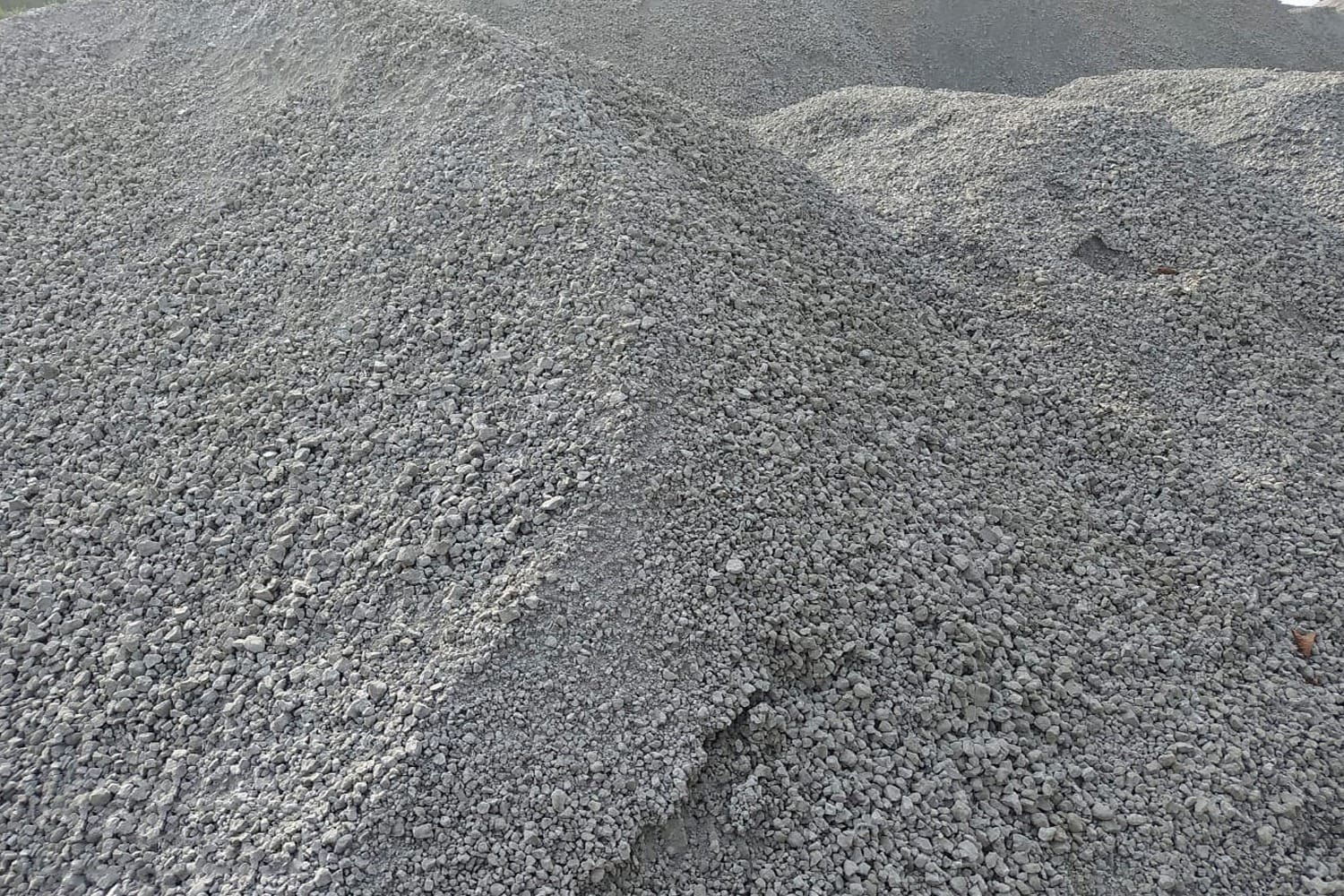
Chemcal Composition
- Rich in silica (SiO₂), alumina (Al₂O₃), lime (CaO), and magnesia (MgO).
- Minimal impurities like sulfur and iron oxides.
Applications of Blast Furnace Slag
1. Cement and Concrete Production
- GGBS: Used as a supplementary cementitious material (SCM) in blended cements and concrete.
- Enhances durability, reduces heat of hydration, and improves resistance to chemical attacks.
2. Road Construction
- ACBFS is used as a base material, sub-base material, and aggregate in asphalt.
3. Soil Stabilization
- Mixed with lime or cement to improve weak soils for road and foundation applications.
4. Environmental Applications
- Used in water treatment to remove impurities.
- Utilized in land reclamation projects.
Advantages of Using Blast Furnace Slag
1. Sustainability
- Utilizes industrial by-products, reducing landfill waste.
- Lowers the carbon footprint of cement production when used as a partial replacement.
2. Durability
- Improves resistance to sulfate attacks, alkali-silica reactions, and chloride ingress in concrete.
3. Economic
- Reduces costs when used as a substitute for traditional aggregates and cement.
4. Energy Efficiency
- Requires less energy to process compared to the production of cement from raw materials.
Environmental Impact
- The use of BFS helps in reducing the demand for natural resources like limestone and sand.
- Its recycling and reuse in construction reduce the need for energy-intensive clinker production.

